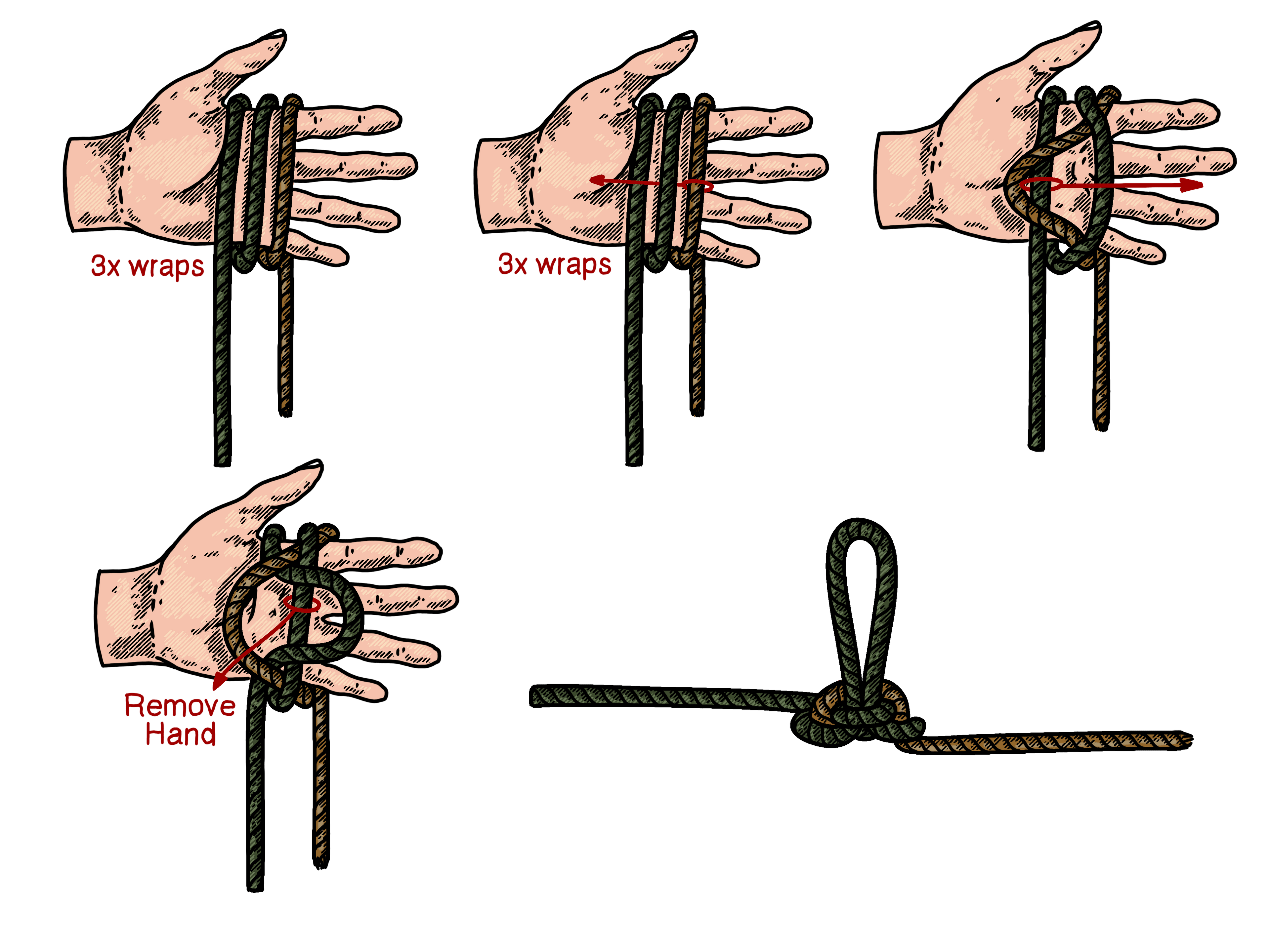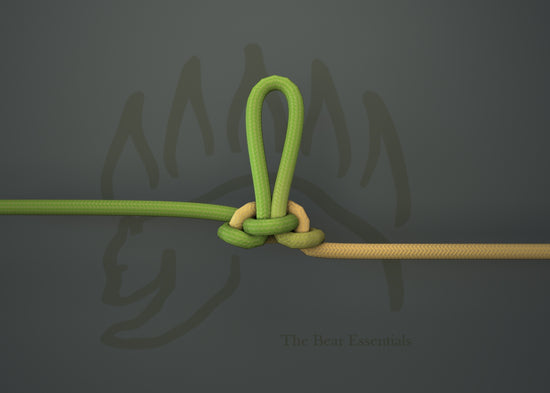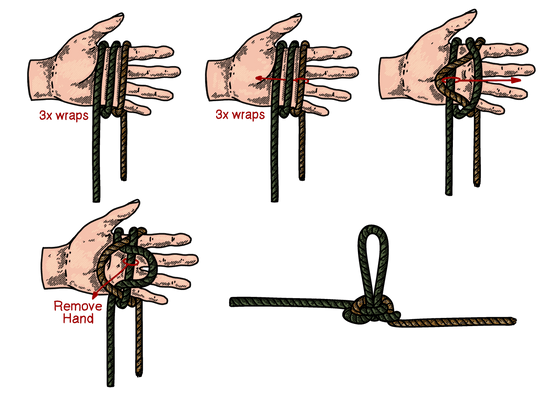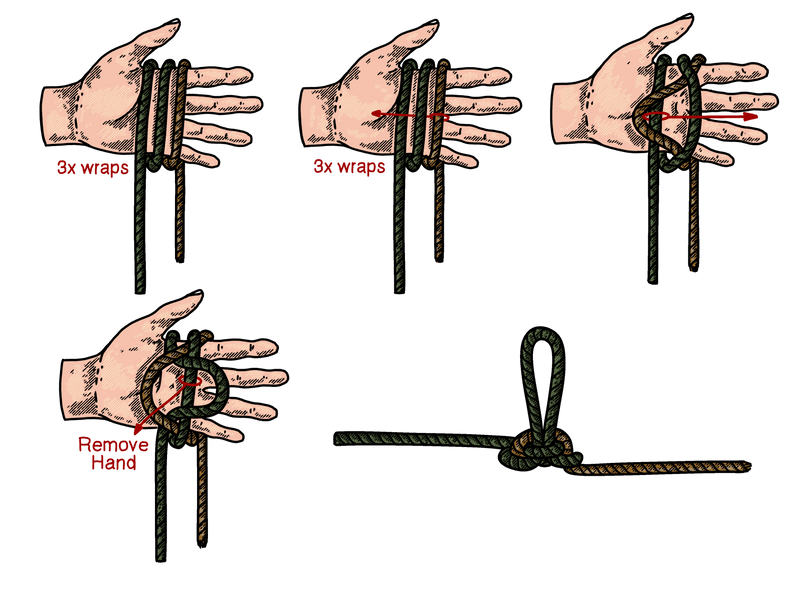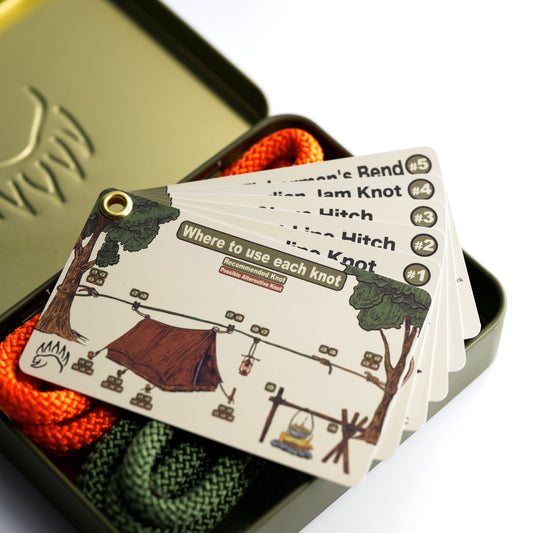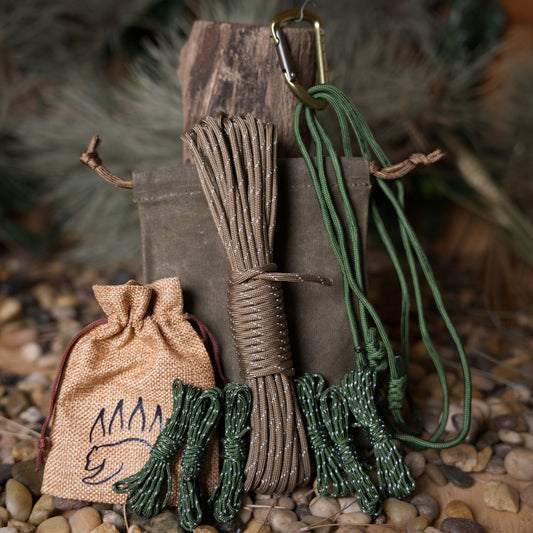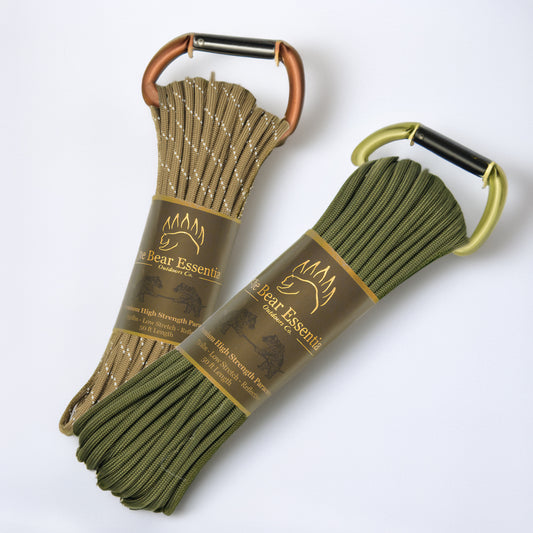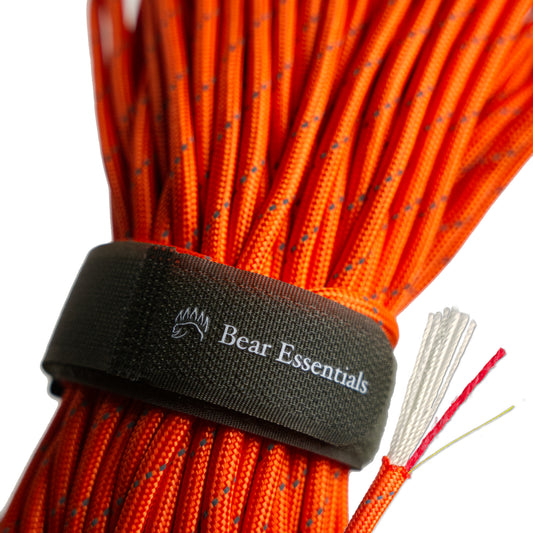How to Tie The Farmers Loop
Usage
The Farmer’s Loop is a practical mid-line knot used to form a fixed loop without needing the rope’s ends. It’s commonly used in farming, bushcraft, and utility tasks such as attaching loads, rigging tarps, managing livestock, or creating handholds. Easy to tie and untie, it holds securely under steady tension.
Why Learn the Farmer's Loop?
This knot offers speed, strength, and simplicity. It can be tied quickly with just a few wraps around the hand or arm and doesn’t jam easily under load. Unlike some loop knots, the Farmer’s Loop forms a mid-line loop—perfect when the ends of the rope are inaccessible.
Common Uses
- Farming & Livestock: Attaching leads or ties without cutting rope, securing hay bales or fencing mid-line.
- Camping & Bushcraft: Rigging tarps or shelters, creating fixed points along a ridgeline or clothesline.
- General Utility: Lifting, hauling, or hanging equipment, isolating damaged rope sections.
ABOK Number
(Ashley Book of Knots)
Other Names
Category
|
Notable Features
- Mid-Line Loop: Doesn’t require access to rope ends.
- Compact and Stable: Holds under steady strain when properly dressed.
- Non-Jamming: Easy to untie after use.
Variations
- Farmer’s Loop with Extra Twist: Add a fourth twist before tucking for added security.
- Alpine Butterfly Alternative: Offers more load symmetry but takes longer to tie.
- Artillery Loop Comparison: A quicker alternative with a weaker hold.
Similar Knots
Alpine Butterfly
- Pros: Strong, symmetrical mid-line loop.
- Cons: More complex to tie.
Bowline on a Bight
- Pros: Double-loop mid-line knot.
- Cons: Bulkier and harder to dress precisely.
Figure Eight on a Bight
- Pros: Easy to recognize and tie.
- Cons: Forms only one large loop.
Artillery Loop
- Pros: Fast to tie, forms a mid-line loop.
- Cons: Less secure than the Farmer’s Loop.
Span Loop
- Pros: Versatile and good for mid-line anchoring.
- Cons: Less common and more difficult to dress.
History
The Farmer’s Loop likely originated from hands-on agricultural use before it was ever documented. In 1912, Professor Howard W. Riley of Cornell University published the knot after seeing it demonstrated by a farmer at the 1910 Genesee County Fair in New York. He included it in an agricultural extension pamphlet devoted to farm knots.
The knot was later formalized by Clifford W. Ashley in The Ashley Book of Knots (#1054), where he praised its strength, security, and ingenuity. In The Complete Book of Knots, Geoffrey Budworth also highlighted the Farmer’s Loop’s simplicity and value in field applications.
History Section Citation/Source:
- Ashley, C. W. (1944). The Ashley Book of Knots. Doubleday.
- Budworth, G. (1997). The Complete Book of Knots. Lyons Press.
Security Level
The Farmer’s Loop is secure under steady tension, though it may jam if heavily loaded for long periods. It’s best used in moderate-load applications where reliability and ease of untying are valued.
Downsides
- Can Jam Under Heavy Load: Especially if left tensioned for long durations.
- Slips with Uneven Tension: Best when both ends are loaded evenly.
- Less Compact than Alpine Butterfly: Slightly bulkier in tight spaces.
Structure
- Wrap the rope around your hand or arm three times, forming three stacked loops.
- Pull the middle loop over the right loop (which now becomes the center).
- Pull the new middle loop over the leftmost loop.
- Continue alternating right-over-middle and left-over-middle once more each.
- Pull up the final middle loop to form the working loop.
- Dress and tighten the knot.
FAQ
What is the Farmer’s Loop used for?
It’s used to create a fixed loop in the middle of a rope for attaching, hauling, or anchoring.
Is the Farmer’s Loop easy to untie?
Yes, unless it’s been heavily loaded or left under strain.
Is this knot good for climbing?
It’s not typically used in climbing; the Alpine Butterfly is a better option for critical loads.
Can I tie the Farmer’s Loop one-handed?
Yes, with practice—it was traditionally tied around the hand or arm.
Important Notes on Safety
The Farmer’s Loop is excellent for non-critical mid-line loops. While secure for most field applications, it should be avoided in life-support or safety-critical situations. For such uses, consider a backed-up Alpine Butterfly or Figure Eight on a Bight instead.
